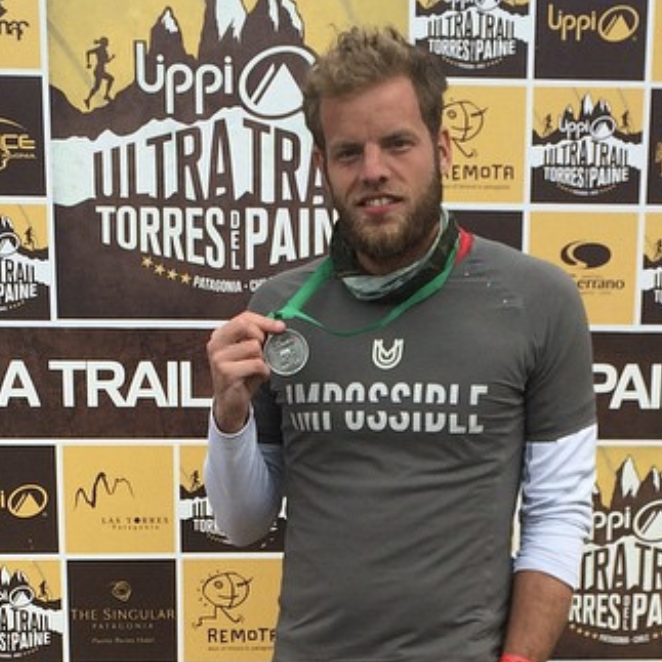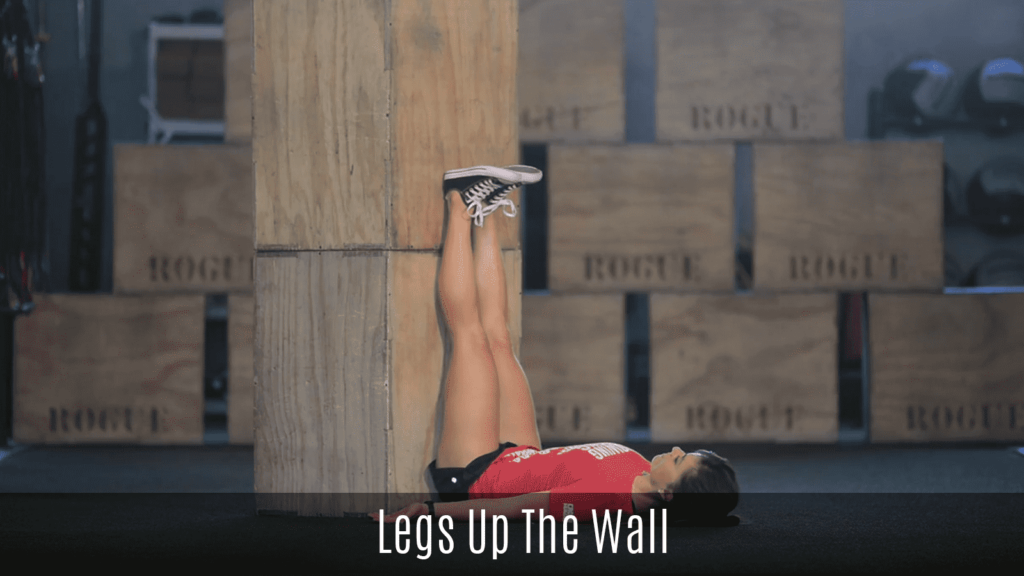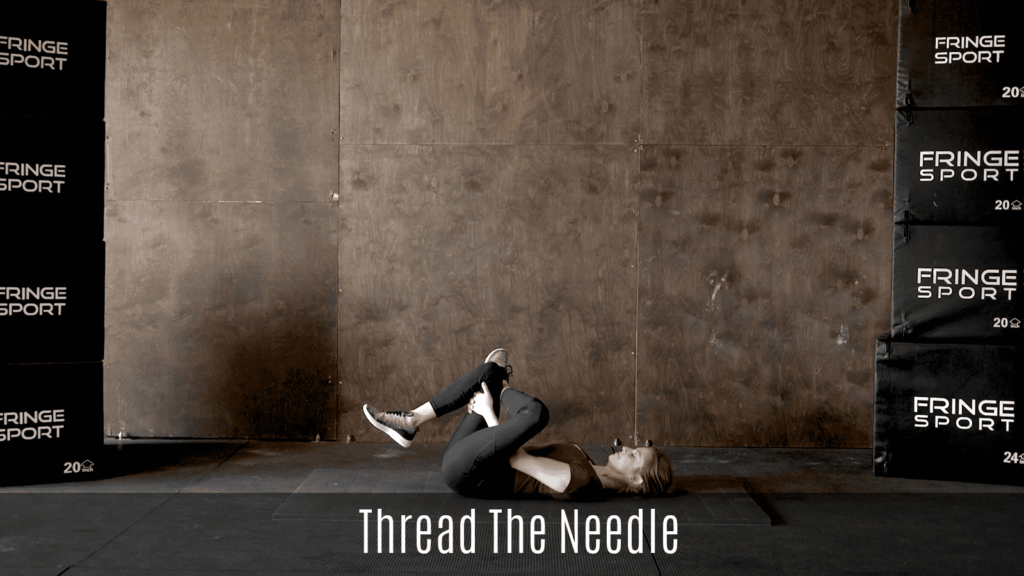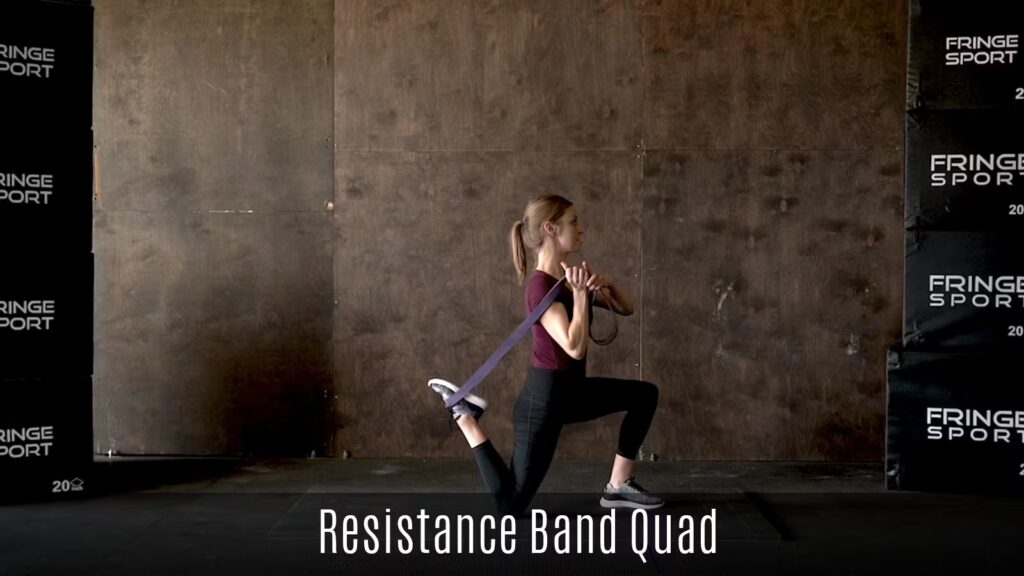You would not be able to shrug your shoulders upwards to retract your shoulders down without your trapezius muscles. These muscles are commonly referred to as your “traps” and they are essential for the proper function of your shoulders.
Knowing how much work they actually do throughout your day-to-day life, it is no wonder that you might experience sensations of soreness or tightness in these muscles. If you are an athlete or a person who works out frequently, chances are your traps get even more work than the average person. No matter if you are the former or the latter, there is no denying that we all need to take care of our trap muscles.
The trapezius muscles are actually made up of three separate parts: the upper traps, the middle traps, and the lower traps. These muscle fibers run from the base of your skull, across your shoulders, and down to your lower back. Without these muscles we would not be able to move our shoulders or our necks.
The banded standing trap stretch is a way to care for your hard-working trapezius muscles. All you need to perform this stretch is a pair of medium-tension resistance bands and some free time. This stretch is passive and relatively simple which is great for people who want something easy yet effective.
If you want to learn more about the banded standing trap stretch, keep reading. We will walk you through how to perform this banded stretch as well as the benefits for doing this one regularly. Lastly, we will cover any modifications you may need to complete this movement.
What is the Banded Standing Trap Stretch?
The banded standing trap stretch utilizes resistance bands and your own body weight to stretch and smash out the trap. This can be thought of as a form of self-myofascial release. Self-myofascial release is soft muscle tissue therapy that you are able to perform on your own body; it is like having your own personal masseuse within the comfort of your own home. Most often, this is done with a foam roller, but other tools, like a barbell, a resistance band, or a lacrosse ball, can be used to elicit the same response. Usually, a session of SMR does not have to take longer than ten or fifteen minutes.
These mobility tools allow you to apply pressure on certain spots on your body. Oftentimes, these places are called trigger points and they are particularly bothersome areas. By applying steady pressure to the trigger point, it can help release tension on the muscle and provide relief from tightness and soreness. This helps the muscle function as it should.
Regular active mobility work has been shown to:
- increase blood flow to the muscles
- lengthen and elongate muscles
- increases flexibility and proper muscle function
- repair tight and fatigued muscles
- improves joint range of motion
- relieve joint stress
With that being said, it is important to note that foam rolling, or other SMR techniques like the resistance band trap stretch, will not “break up” these tight knots in the muscles or change the actual structure of the tissue. It does help change our perception of the pain, though, and that is why many of us feel relief after doing them.
To complete the standing banded trap stretch, step into the resistance band. One band on each foot. Loop the opposite side of the bands on top of the shoulders resting gently on the trap muscles. Stand here in this position and breathe deeply.
If you want to incorporate some movement, you can raise your arm up and down to promote some blood flow to the area. You can also hold onto a vertical pole for extra balance if needed.
Benefits of the Standing Banded Trap Stretch
Tight trap muscles can be a pain in the neck – quite literally. Because the trap muscles impact neck movement, when they are tight or sore, it can feel quite bothersome in the neck and even lead to painful tension headaches. Using this banded stretch can help loosen up the muscles and prevent this unwanted pain.
You may also find that regularly performing stretches on your trap muscles makes it easier for your shoulder to function properly. Because the trap muscles help shrug and retract the shoulders, keeping the muscles loose and primed can ensure that shoulder mobility stays in peak condition.
Of course, when our neck, shoulders, and traps feel their best, it will help us maintain proper posture. Keeping great posture is better for our body overall and lets us feel our best as we move throughout the day.
Banded Standing Trap Stretch Modifications
If, for some reason, you cannot perform this stretch, you may want to try another version that will target similar muscles. We recommend either the neck stretch or neck rolls.
At any point, if you feel pain while performing this stretch, carefully step out of the bands immediately and consult a healthcare professional.
Stand on the resistance band and loop the other end over your shoulder.
Hold onto a pole or move your arm slowly to feel the stretch.



